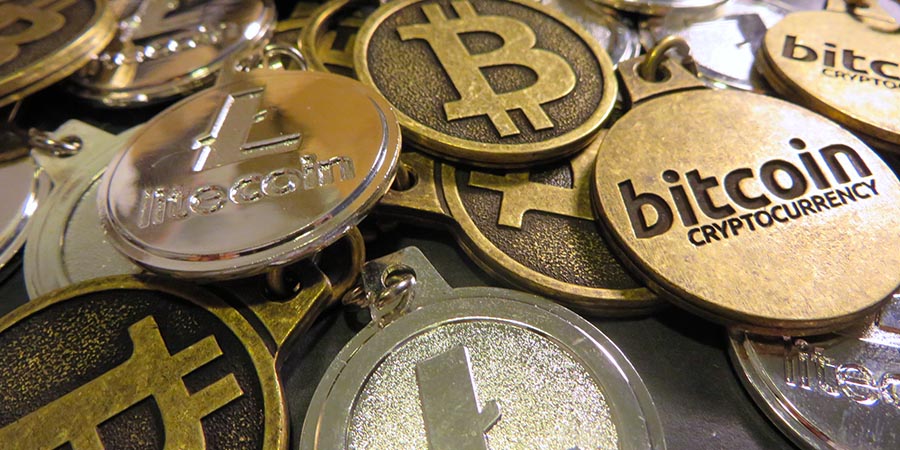- Singh was integral in the founding of FTX, faces charges
- Code was written to help Alameda take out unlimited line of credit
- Singh and Gary Wang borrowed hundreds of millions
US authorities are ramping up pressure on Sam Bankman-Fried’s inner circle as they scrutinize Nishad Singh, a former close FTX associate according to insiders. Singh was integral in the founding of FTX. He has not been charged with anything, but he may be. Bloomberg’s Sonali Basak reports.
Is Singh cooperating?
Basak says:
We don’t know, but we do know he was in the “penthouse”, he lived with SBF. He was an insider who was really close friends with Sam’s brother. Gary Wang, who pled guilty, is cooperating. Part of the CFTC’s allegations are that code was written to help Alameda take out this unlimited line of credit that has essentially been found to be customer money. The aim is to see what role Nishad Singh played.
Who else was in the penthouse?
Who else might prosecutors be looking at? One issue is the cooperators in the investigation. Damian Williams of the US District Attorney’s office said there are thousands of documents, signal messages, etc. Is it just the penthouse you’re looking at, or is it the broader FTX empire?
Basak brought up Ryan Salem, who was found in the court documents in the Bahamas to have tipped off Bahamian authorities. Then, there’s the entity FTX.US, which is said to be more shielded. There are things people knew…that this “penthouse suite” kept from them.
Follow the money
When Singh’s name first came up, the new control of FTX had taken over. They put out that report and they talked about this idea that SBF had taken out about a billion dollars in loans through Alameda. They also said Singh and Wang had borrowed hundreds of millions. That’s the allegation. They have not responded, at least not publicly.
Whose loans went where?
Some of the information is coming from the bankruptcy filings. The prosecutors are not bankruptcy experts. The authorities are working on tracking “whose loans went where to buy what.” Ultimately, you’re going to have to seize those assets and get that money back.
The domino effect
In related news, crypto broker Genesis Global Trading eliminated 30% of its staff. Withdrawals have been halted by Genesis Lending for over a month. The question is: how much of this is contained to lending and how much is it a bigger problem for crypto conglomerate Digital Currency Group’s (DCG) head Barry Silbert, who is a big Wall Street voice?
The Gemini-Genesis drama
CNBC reported that Cameron Winklevoss, co-founder and president of Gemini crypto exchange, accused Silbert of engaging in “bad faith” tactics. He wants to resolve a thorny lending dispute with the company that emerged after FTX collapsed.
The dispute arose from an agreement between Gemini and Genesis Lending, a DCG subsidiary. Gemini offered customers yields of up to 8% through its lending product Gemini Earn. To generate that yield, Gemini lent customer funds to Genesis Global Capital, which lent them out to institutional clients.
Gemini suspended redemptions for its Earn service a few days after FTX filed for bankruptcy. Genesis Global Capital also suspended its loan services. While Gemini denies any link to FTX, Genesis tweeted in November that they had around $175 million in funds locked inside FTX.
Conflict resolution deadline is tomorrow
On January 2, Cameron Winklevoss wrote an open letter to Barry Silbert, alleging the latter had refused to meet with the Gemini team on numerous occasions. He set a deadline on January 8 when Gemini wants to see a proposal to resolve the conflict…or else.
It was a fiery letter, the hosts on Bloomberg conceded. Basak concluded:
When these things are hashed out on Wall Street, they are done behind investment bankers and lawyers. In crypto, they’re done on Twitter…
The post Prosecutors ramp up pressure on SBF associate Nishad Singh appeared first on CoinJournal.






